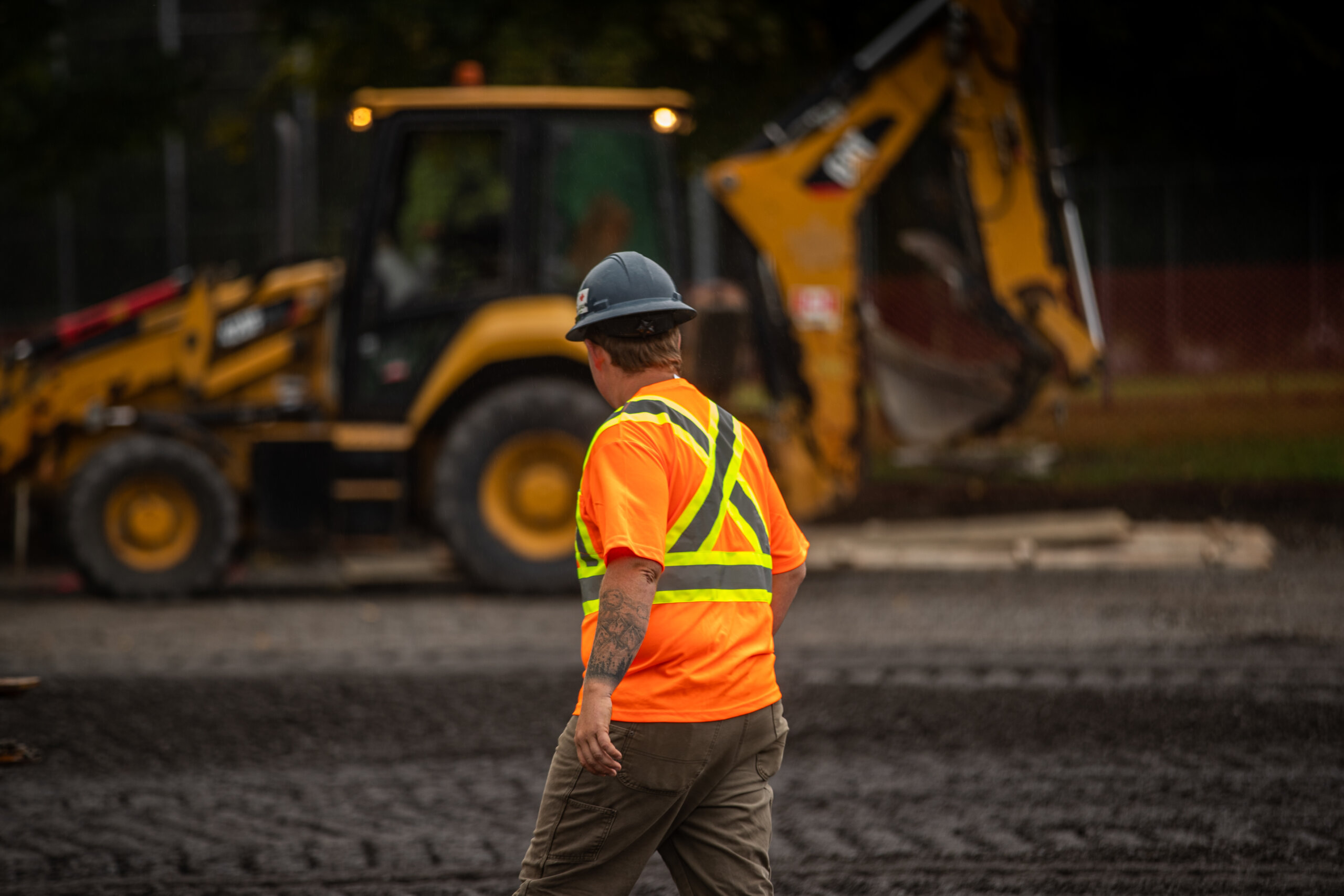If you run a crew, you’re already watching for safety risks. Mental health should be one of them. Long shifts, physical demands, and constant pressure take a toll. When stress builds up, it affects how people work, how they communicate, and how safe they are on the job.
Supervisors and leads don’t need to have all the answers, but your example matters. You help shape how your crew talks, acts, and gets through the day. Here’s how to support mental health on-site in clear, practical ways:
1. Normalize the Conversation
When people only hear about mental health after a tragedy, it stays taboo. Make it a regular part of how you talk about safety and job performance.
- Drop a mental health reminder into your toolbox talks. Something as simple as, “Don’t just watch out for trip hazards. Check on your crew too.”
- Start or end your huddles with a casual check-in: “Anyone feeling off today? Anything going on we should know about?”
You don’t have to be a therapist. Just showing you’re open makes a difference.
2. Know the Early Signs of Struggle
People won’t always say something’s wrong, but they’ll show it. Part of leading is noticing when someone’s off their game.
- Look for signs like short tempers, skipped breaks, sloppier work, or pulling away from the group.
- If you spot a pattern, pull them aside for a one-on-one: “You’ve seemed a bit off this week. Everything good?”
Even small check-ins show your crew that silence isn’t the only option.
3. Make Time for Check-Ins
You don’t need to hold formal reviews to check in on your team. A few minutes between tasks or while walking the site goes a long way.
- Use walkarounds to casually ask, “How’s work feeling this week?” or “Getting enough rest?”
- Schedule quick weekly chats with your leads or small crews—just a few minutes to flag anything that might be building up.
If you build it into the rhythm of the job, it stops feeling awkward and starts feeling expected.
4. Connect People to Support
If someone opens up, knowing where to direct them matters. Make sure your crew has access to the right resources without needing to ask in front of everyone.
- Post hotline numbers and support contacts in the lunchroom, porta-john doors, or on QR codes near your sign-in kiosk.
- Mention support resources during team meetings: “If you’re ever feeling rough, there’s free help available—just ask me or check the trailer.”
You’re not expected to solve the problem. But you can help someone take the next step.
5. Set the Tone with Your Own Example
Crews take cues from leadership. If you treat mental health like a normal part of jobsite health, they will too.
- Talk openly when you’re having a rough week or feeling burnt out, without making it a big deal. “Running on empty today. Taking five at lunch to reset.”
- Respect your own limits: take your breaks, leave on time when you can, and back others who do the same.
Culture doesn’t change through rules. It changes when people see what’s acceptable, and what’s supported.
Mental health issues don’t come with hard hats or high-vis. But the risks are real—and the impact is felt across every crew.
A safer jobsite starts with the way we lead. Let’s make it one where people don’t have to hide what they’re carrying just to get through the day.
